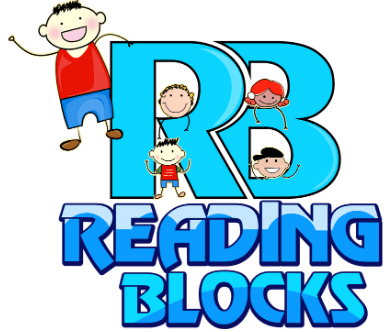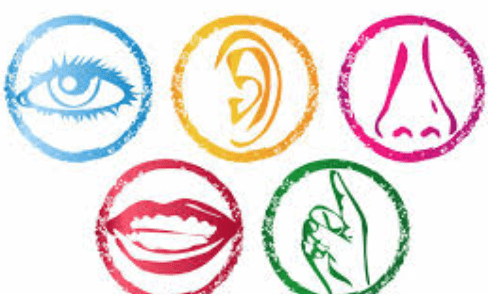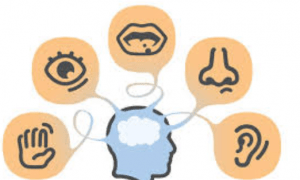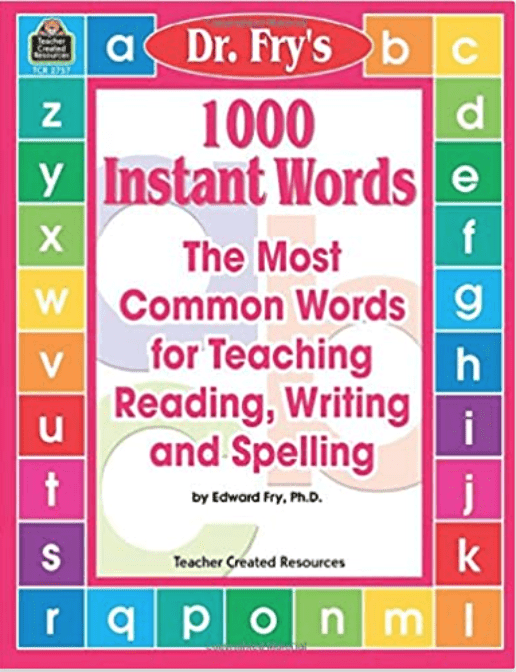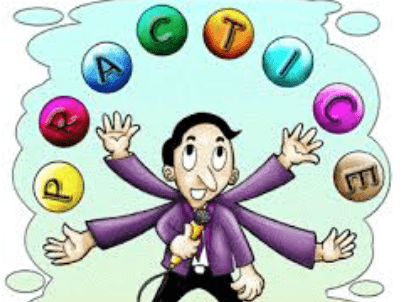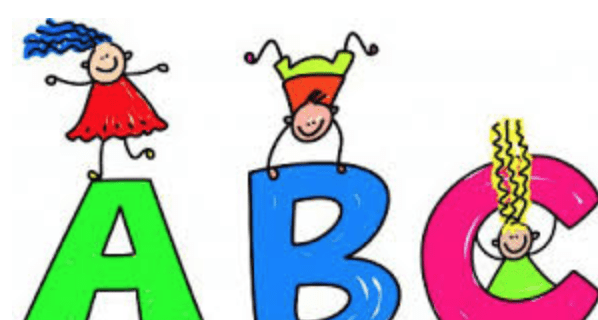What Are Multi-Sensory Methods for Teaching Reading
An activity can be considered a multi-sensory method for teaching reading when more than one sensory mode is used to complete a task in reading. The sensory modes are see, touch, hear, taste, and smell. Each sensory mode brings information into a unique area of the brain. The more sensory modes used in your reading instruction, the easier it is to remember the information.
Multi-sensory reading instruction is crucial for the learners that are struggling when learning to read. These methods will help a struggling learner to file and retrieve information in the brain. This means that he will learn and remember the information being taught.
For example, tracing a letter on sandpaper while saying the sound aloud is a multisensory activity. This double action simultaneously activates more than one pathway in the neural systems of the brain. This helps the individual to remember the targeted task. Touch and sound are activated in this activity and if you use a color that would make three sensory pathways activated.
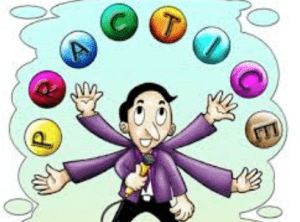
Building Strong Neural Pathways
Your goal in multi-sensory reading instruction is to build strong neural pathways in the brain for reading skills. This is done with explicit instruction and repeated practice using multi-sensory reading instruction methods.
Picture the brain like an open field. You travel through that field every day for a shortcut. Eventually, there is a pathway worn into the grass from taking that shortcut.
We want to develop these pathways in the brain which are necessary for reading effectively. These pathways are built with repeated practice. Good readers already have these pathways but struggling readers can develop these pathways using multi-sensory methods and repeated practice.
Multi-Sensory Methods
Read through the multisensory methods page. Choose a couple of activities which fit your reader’s needs.
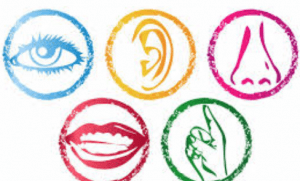
Struggling readers usually need to use multisensory methods and activities for practicing phonemic awareness skills, learning letter names and sounds (including two and three letter combinations), and learning new sight words. Some of these activities are better suited to younger learners rather than older learners. You will have to judge which activities are best for your unique situation and your unique learner.
